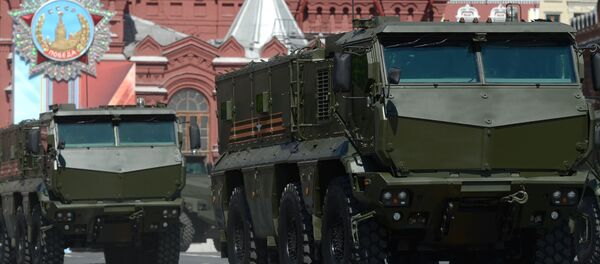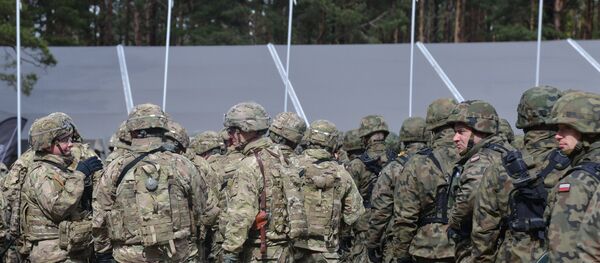On Monday, SIPRI published its 2016 World Military Expenditure Report, finding that last year, global weapons expenditures totaled the equivalent of about $1.68 trillion US, a 0.4% increase over 2015. The rise in spending was most prominent among major military powers including the US, China and Russia.
Speaking to Radio Sputnik, SIPRI researcher and military spending expert Dr. Nan Tian broke down some of the details of the report.
For example, Tian noted that the overall increase in spending should not be seen as cause for panic. "Based on the data, we've seen that even though world military spending is at a high level, it has kind of plateaued since 2011." Furthermore, the expert stressed that report should not be seen as an indication that guns have won out over diplomacy and dialogue. The former "is still a very viable tool," Tian noted.
Of course, corruption and the influence of the military-industrial complex is another reason, the analyst said, and are applicable to both domestic and foreign arms sales.
As for spending among the major powers, the major problem today is something akin to a 'domino effect', according to Tian, with the 'perceived threat' posed by other countries being more significant than any actual danger. "That's why we talk about the perceived threat. It may not translate to reality, but if one country spends more, then the second country can say 'it seems like you are upping your spending, potentially having a security aspect towards us, so we will [also] increase spending.'"
Regional variations on the kinds of weapons being purchased and deployed must also be taken into account, the expert stressed. For example, "in the case of Southeast Asia, there has been the procurement of amphibious assault vehicles, and also long range missiles. Is that something for the defense of borders, or is it more to increase a country's regional influence? In terms of these types of weapons, it's the latter."
"Again, it's a perceived threat –whether another country, for instance China, might take on the increase in spending by Vietnam or Malaysia, or the Philippines as credible or not is up to the Chinese government to decide."
Furthermore, Tian suggested that "in a way, we can see [the current spending] as not necessarily an arms race in terms of quantity, but maybe the quality of the weapons – a race to get quality weapons."
"Many governments will provide the argument that 'we spend on the military because we want to increase our home security and stability.' This will often be seen as the case. But it also has exceptions. We can look at the case of the Iraq-Kuwait war, where an increase in spending led to war." The same can be said about the tit-for-tat rise in spending in Southeast Asia, according to Tian.







